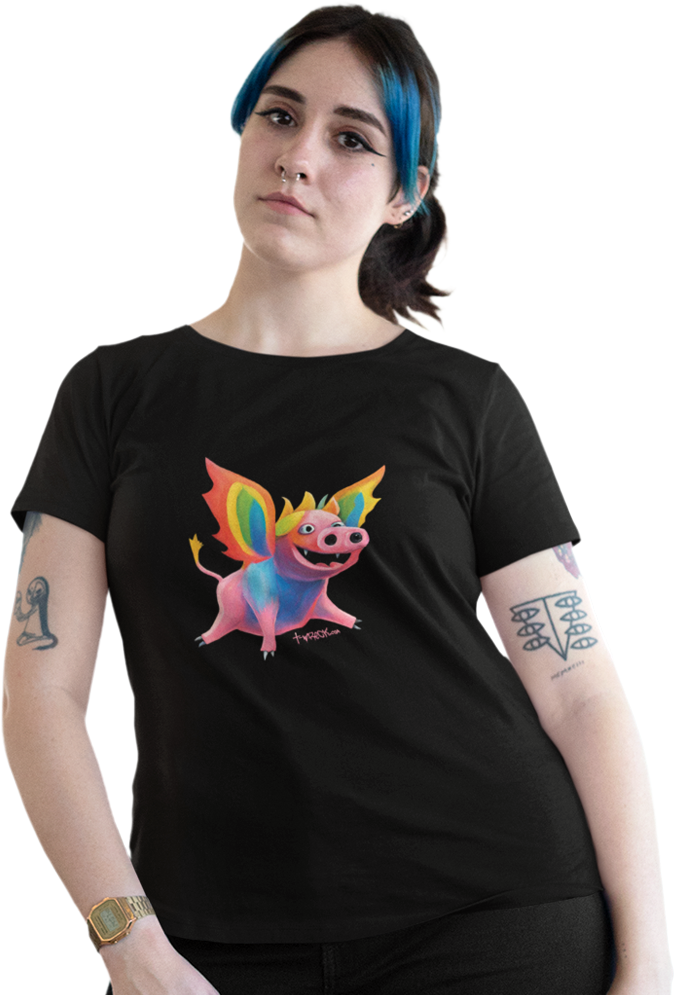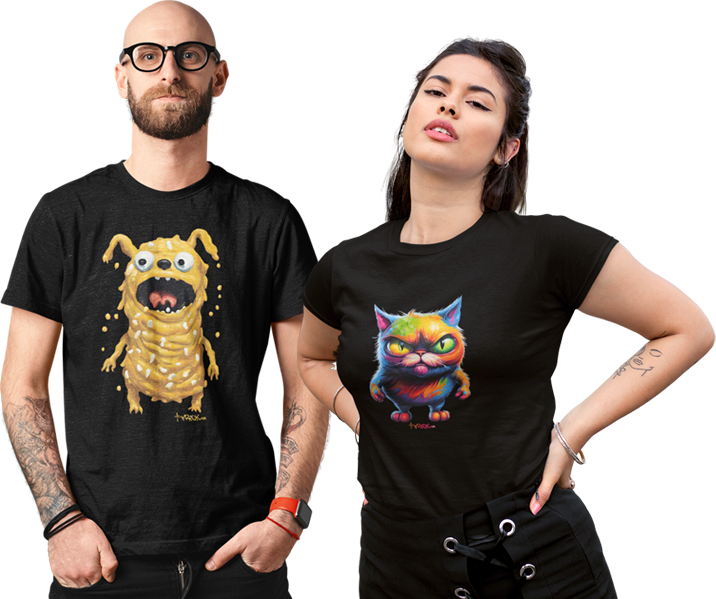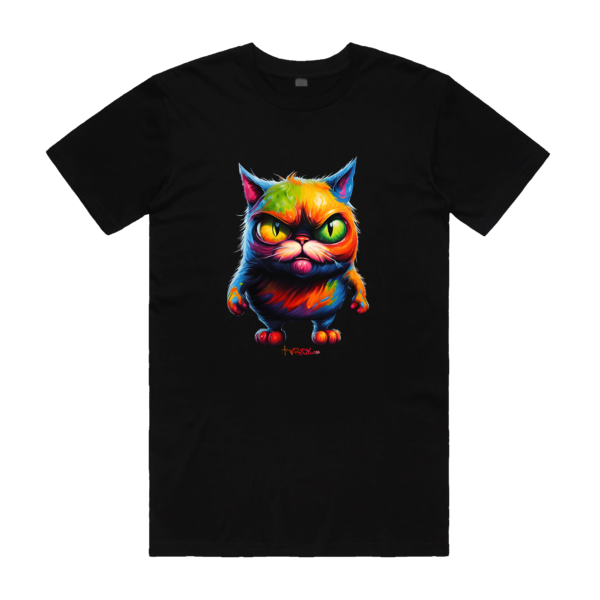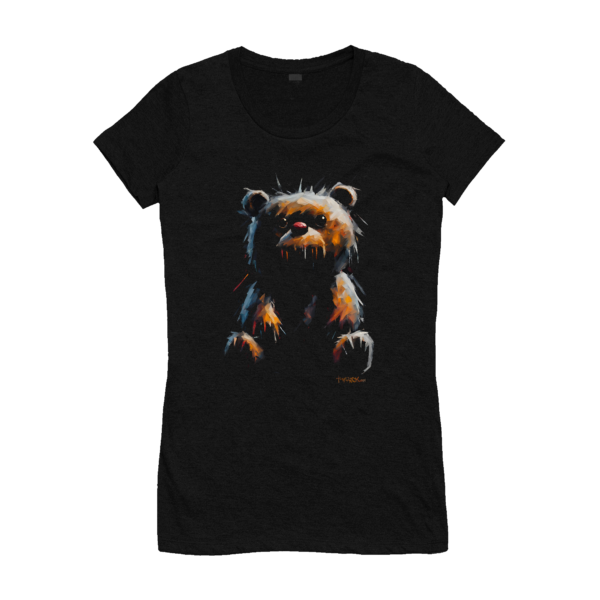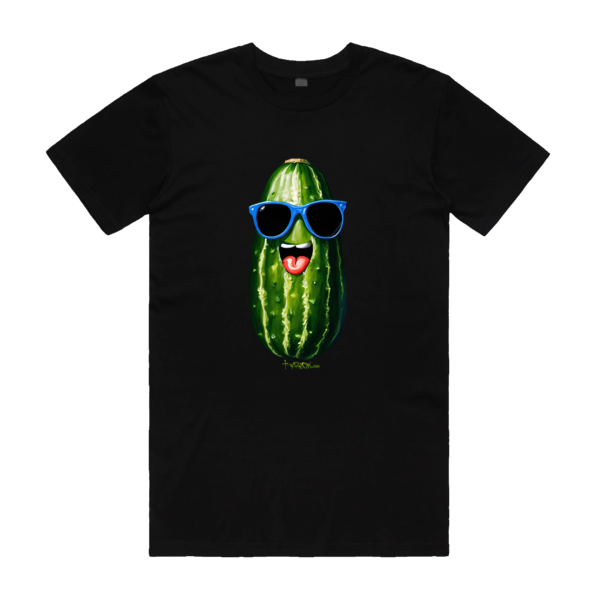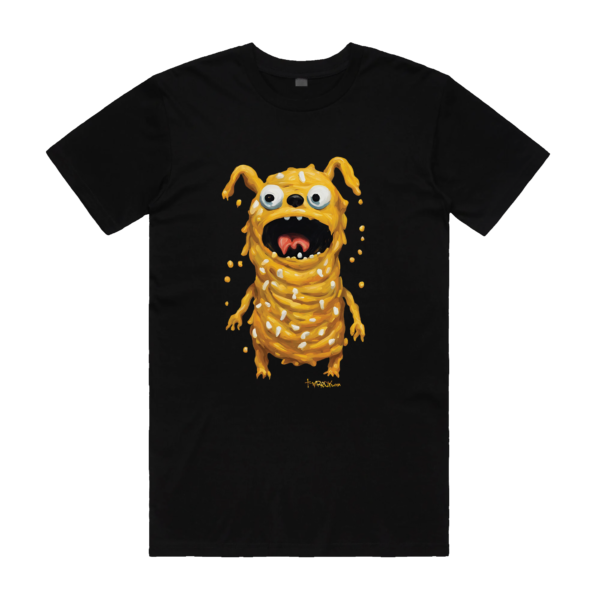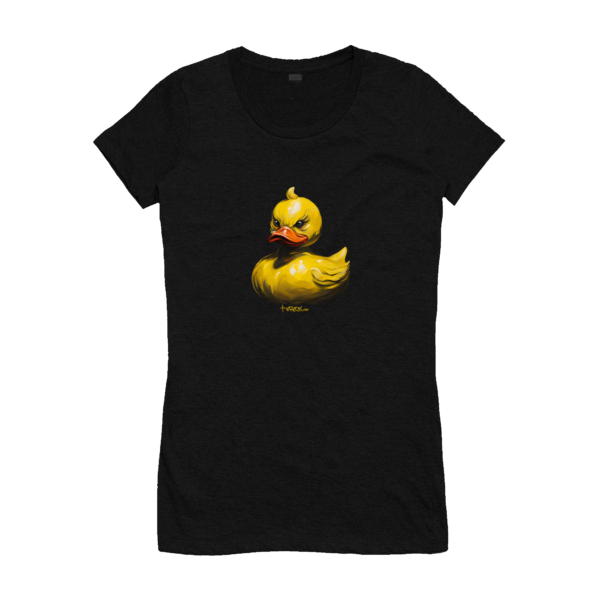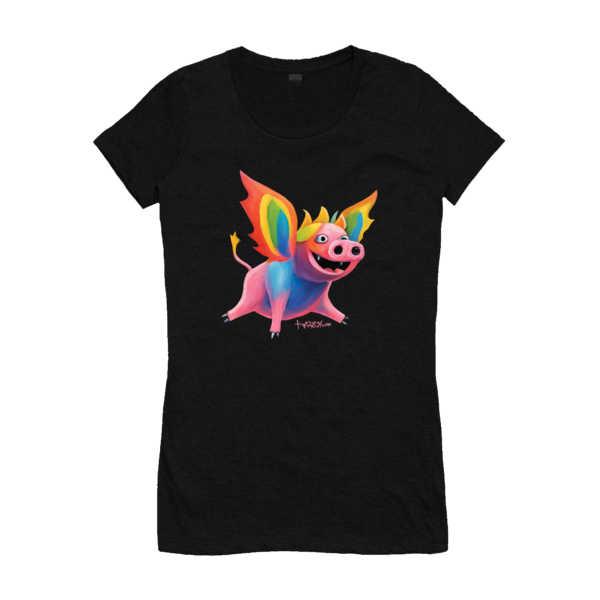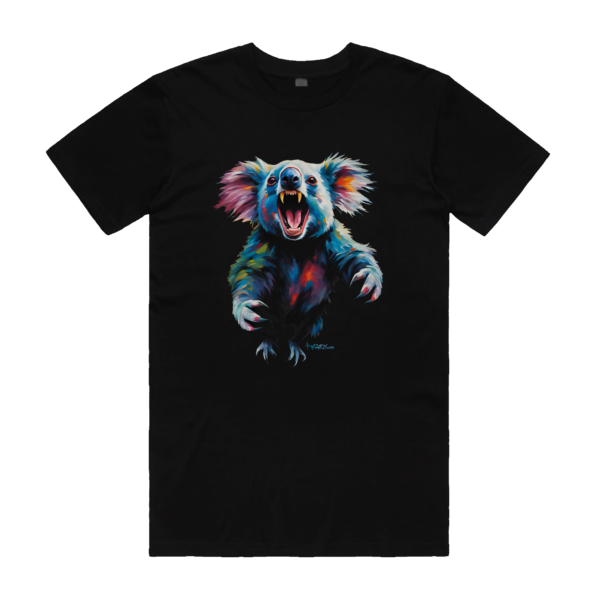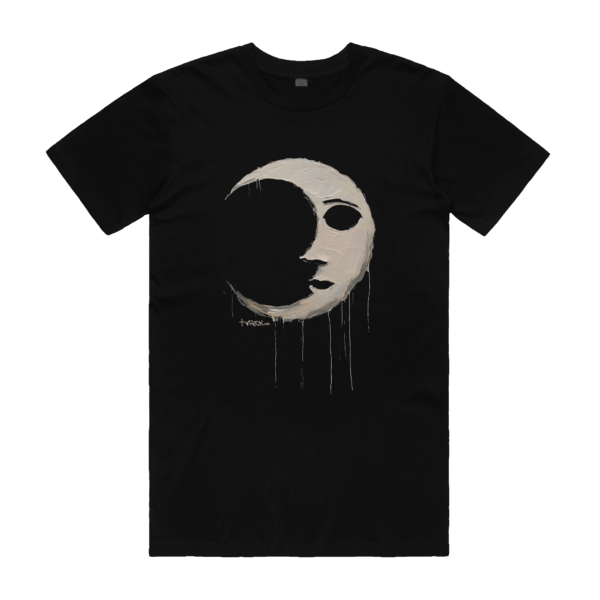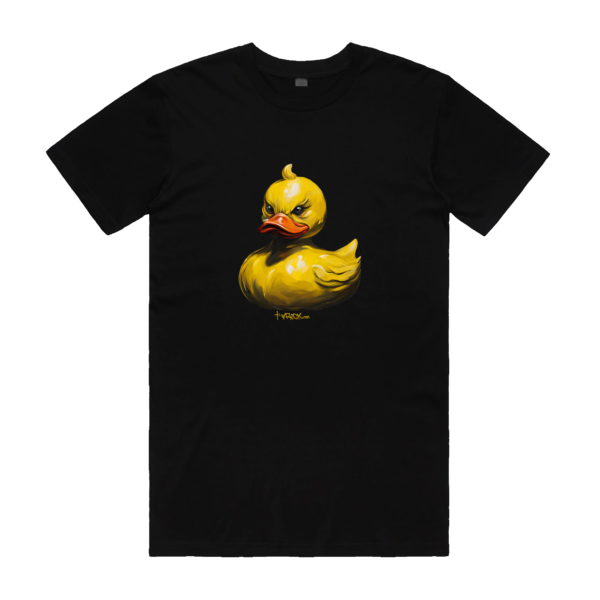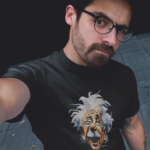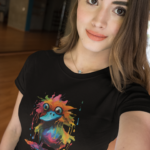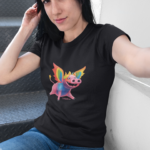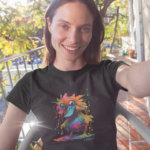The World of Crazy T-shirts: A Deep Dive into Humor, Art, and Self-Expression
Crazy T-shirts have long been the cornerstone of casual wear, offering a blank canvas for everything from brand logos to political messages. The “crazy t-shirt,” however, is a category all its own. A garment that challenges conventional fashion, often with humor, whimsy, or even absurdity. These shirts aren’t just for protection or modesty—they are a way of expressing individuality, telling a story, making a statement, or simply causing a laugh.
In this article, we will explore the history of t-shirts, how the crazy t-shirt genre emerged, its significance in pop culture. The role of graphic design and humor in its success, and the broader cultural and economic forces that have shaped its enduring popularity.
Section 1: The Origins of the T-shirt
Before we examine the unique phenomenon of crazy t-shirts, it’s crucial to understand the history of the t-shirt itself. The t-shirt, often regarded as the most ubiquitous and versatile piece of clothing, has humble beginnings that date back over a century.
Early Beginnings: The Birth of the T-shirt
The t-shirt can trace its origins to the early 20th century. Initially, t-shirts were used as undergarments in the U.S. military during World War I. Soldiers were provided with a simple, short-sleeve garment that was more comfortable than the long, woolen undergarments previously issued. These early t-shirts were functional and practical, often made of cotton, which was breathable and suited the warmer climates where soldiers were deployed.
The t-shirt as we know it began to take shape in the 1920s when companies like the Russell Manufacturing Company began producing mass-market versions. The “T” shape—short sleeves, a round neck, and no buttons or zippers—made the garment simple and cost-effective. This simplicity made it an ideal garment for various physical activities, but it wasn’t until the 1950s that t-shirts began to move beyond their utilitarian roots and into the mainstream of popular fashion.
The Hollywood Influence
The turning point for t-shirts came with the rise of Hollywood’s Golden Age. Icons like Marlon Brando and James Dean made the t-shirt an emblem of youthful rebellion. Brando’s iconic scene in A Streetcar Named Desire (1951), where he wears a plain white t-shirt, made the garment synonymous with the anti-establishment ethos of the time. James Dean, in Rebel Without a Cause (1955), solidified the t-shirt as a symbol of youthful defiance and freedom.
By the mid-1950s, t-shirts became more than just undergarments; they were a symbol of casual, youthful rebellion. By the 1960s, the t-shirt would evolve into a canvas for political expression, marketing, and the growing counterculture movements.
The 1960s: Political T-shirts and the Rise of Graphics
As the 1960s unfolded, political activism and the counterculture movement found new outlets of expression. The t-shirt became an ideal medium for making political statements, promoting peace, and challenging the establishment. With the Vietnam War as a backdrop, protest t-shirts that carried anti-war messages or emblazoned with symbols like peace signs became common.
This era saw the rise of t-shirts as a medium for self-expression. Screen printing technology allowed for mass production of t-shirts with bold graphics, slogans, and political imagery. This period marked the beginning of graphic t-shirts as a significant cultural force—allowing wearers to broadcast their opinions, affiliations, and ideologies.
Section 2: The Emergence of Crazy T-shirts
As the 1970s and 1980s ushered in more playful and experimental cultural trends, the crazy t-shirt—bold, irreverent, and often humorous—came into its own. These shirts pushed the boundaries of what was considered fashionable or even acceptable in mainstream culture, often leaning into the absurd or over-the-top.
The 1970s: The Age of Psychedelia and Pop Art
While the 1960s focused heavily on political statements, the 1970s brought with it a wave of pop art, psychedelia, and bold visual experimentation. Graphics on t-shirts became more vibrant, abstract, and surreal. This was the era of tie-dye, peace signs, and psychedelic patterns. Designers began experimenting with color and form, and the crazy t-shirt became a playful way to express one’s personality and connection to the vibrant countercultures of the time.
Pop art also influenced the crazy t-shirt trend, with artists like Andy Warhol and Roy Lichtenstein bridging the worlds of fine art and mass production. The commercialization of art on t-shirts began to blur the line between high culture and popular culture.
The 1980s: Humor and Hyperbole
In the 1980s, t-shirts with quirky and humorous slogans became a mainstream fashion statement. The t-shirt was no longer merely a tool for political or artistic expression; it became an outlet for humor. This was the decade when shirts with slogans like “I’m With Stupid” or “My Other Shirt Is a Tuxedo” hit the shelves.
The rise of mass-produced t-shirts from brands like Chadwicks of Boston or The Gap saw an explosion of graphic t-shirts that played on humor, irony, and absurdity. Many of these shirts featured over-the-top designs and tongue-in-cheek slogans. They were bold, loud, and attention-grabbing, which helped solidify the t-shirt as a mainstream fashion staple.
The 1990s and Early 2000s: The Rise of Graphic Tees and Subculture Influence
The 1990s and early 2000s saw the explosion of graphic tees tied to various subcultures, such as skateboarding, hip-hop, and alternative rock. Labels like Stussy and Supreme pioneered the idea of streetwear, incorporating bold logos, street culture, and irreverent humor into their designs. Crazy t-shirts began to take on more references to music, rebellion, and youth culture.
During this period, some t-shirts played with ironic, self-aware humor. This era’s crazy t-shirts were often about pushing boundaries, playing with pop culture tropes, and crafting inside jokes that only certain groups would understand. The rise of graphic design software and internet culture made it easier for fans to create and sell their own t-shirts, further democratizing the world of crazy t-shirt design.
Section 3: The Role of Humor in Crazy T-shirt Design
Humor is central to the appeal of the crazy t-shirt. Whether through a clever slogan, a witty pun, or an absurd graphic, crazy t-shirts often rely on humor to grab attention and connect with the wearer. But why does humor work so well on t-shirts?
- The Power of Absurdity: The human brain responds well to the unexpected, and many crazy t-shirts are designed to be jarring or absurd. This could involve pairing unexpected elements—like a cat wearing a suit—or making irreverent statements that catch people off guard. The more surprising and offbeat the design, the more likely it is to be memorable.
- Cultural References: T-shirts often feature humorous references to popular culture, memes, or trends. These references, when executed well, create a shared understanding between the wearer and the viewer. For instance, a shirt with a popular meme or catchphrase like “YOLO” taps into a broader cultural moment, allowing wearers to express themselves through humor.
- Subversive Humor: Many crazy t-shirts use humor as a way to subvert societal norms or challenge conventions. T-shirts with provocative or politically incorrect slogans often serve as a form of social commentary, using humor to challenge authority, question social norms, or make light of serious subjects. This type of humor, which toes the line between satire and irreverence, is a hallmark of crazy t-shirt designs.
Section 4: Crazy T-shirts as a Reflection of Cultural Shifts
Crazy t-shirts are more than just an amusing fashion trend—they are a direct reflection of the cultural landscape in which they emerge. The evolution of crazy t-shirts tells a story about changing social norms, political climates, and youth movements.
- T-shirts as Political Statements: Throughout history, t-shirts have served as platforms for political statements. From the anti-Vietnam War messages of the 1960s to the pro-environmental slogans of the 1990s, t-shirts have been used to broadcast political beliefs. In this sense, the crazy t-shirt became more than just a source of entertainment—it was a form of activism.
- Internet Culture and Memes: In the 21st century, the explosion of internet culture has heavily influenced the crazy t-shirt industry. Social media platforms like Instagram, TikTok, and Twitter have become breeding grounds for viral trends and memes. Many crazy t-shirts now feature popular internet phrases, inside jokes, or references to viral videos and meme culture. The speed at which these memes spread means that the designs on crazy t-shirts can change almost overnight, ensuring that the shirts stay relevant and fresh.
- Branding and Self-Expression: In the modern age, t-shirts have evolved from being just articles of clothing to being powerful vehicles for self-expression. Wearing a crazy t-shirt often serves as a public declaration of personal interests, political views, or a sense of humor. People use t-shirts as a way to signal belonging to a group, express their personality, or make a social statement.
Section 5: The Design Process Behind Crazy T-shirts
Creating a memorable crazy t-shirt involves more than just slapping a graphic on a plain shirt. A successful t-shirt design requires creativity, strategic thinking, and an understanding of cultural trends. Let’s dive deeper into the elements that make crazy t-shirt designs stand out.
- Typography and Slogans: One of the most important design elements of a crazy t-shirt is the typography. The choice of font, its size, and its placement on the shirt all contribute to the overall impact of the message. Often, designers use bold, exaggerated fonts to make the text stand out and communicate the humor behind the slogan. The right typeface can amplify the absurdity of a design, making it more visually engaging.
- Graphic Design and Imagery: Crazy t-shirts often rely on striking or surreal images to draw attention. These could range from absurd illustrations (like a dog in a spacesuit) to reimagined pop culture icons. The images need to be bold enough to be instantly recognizable while maintaining a sense of humor or exaggeration. Simple, strong lines and vibrant colors are often used to make graphics stand out, while the style of illustration can vary from cartoonish to hyper-realistic.
- The Role of Color: Color is one of the most powerful tools in t-shirt design. A crazy t-shirt design can either pop with bright, attention-grabbing colors or take a more minimalist approach with subtle tones. The choice of color often reflects the mood of the design—neon shades evoke a sense of fun and energy, while darker colors might suggest sarcasm or irony.
Section 6: The Business of Crazy T-shirts
The crazy t-shirt market is a multi-billion-dollar industry that continues to grow. Driven by changing consumer tastes and the rise of online retail. Several key factors have contributed to the commercial success of crazy t-shirts.
Print-on-Demand Services:
Platforms like Teespring, Redbubble, and Threadless have allowed independent designers to create and sell their own crazy t-shirts without investing in inventory or printing costs upfront. These platforms let users upload their designs, and when a customer purchases a shirt, the platform handles production and shipping. This business model has made t-shirt design accessible to a wide range of people.
The Role of Influencers:
Social media influencers play a crucial role in the promotion and popularity of crazy t-shirts. Whether they’re wearing a funny slogan shirt on TikTok, promoting an exclusive design on Instagram, or starting a trend on YouTube, influencers can drive significant demand for unique and often niche t-shirt designs.
Pop Culture and Licensing:
Major brands and entertainment companies have capitalized on the crazy t-shirt trend by producing licensed shirts featuring beloved characters, quotes, or images from movies, TV shows, and games. From Star Wars to Rick and Morty, licensed crazy t-shirts are a guaranteed way to tap into a fanbase’s passion.
Sustainability and Ethical Concerns:
As with other areas of the fashion industry, t-shirt production is facing increasing scrutiny over its environmental impact. Brands that specialize in crazy t-shirts are beginning to shift toward more sustainable practices, using organic cotton, recycled polyester, and eco-friendly inks. Consumers are increasingly seeking out brands that align with their ethical values, and this includes the clothing they buy.
Section 7: The Enduring Appeal of Crazy T-shirts
Despite changing fashion trends and the evolving landscape of casual wear, crazy t-shirts remain as popular as ever. Their versatility, humor, and ability to reflect cultural moments have ensured their place in both fashion and pop culture.
Crazy t-shirts allow for personalization and self-expression in a way that few other garments can match. Whether worn as a badge of humor, a statement of individuality, or a nod to current trends, crazy t-shirts have become timeless symbols of creativity, humor, and identity. As long as there are memes, pop culture moments, and societal shifts, there will be crazy t-shirts ready to capture them.
Conclusion
From their origins as functional undergarments in the early 20th century to their evolution into one of the most iconic forms of personal expression. Crazy t-shirts have had a fascinating journey through fashion and culture. Today, they serve as powerful tools for humor, art, and activism, offering wearers a unique way to communicate with the world. Whether through bold slogans, quirky graphics, or cultural references. Crazy t-shirts are an enduring symbol of individuality, creativity, and, most importantly, fun.
printed in australia in our brisbane factory
free and fast delivery australia wide
quality 100% cotton Gildan and Bella+Canvas brand t-shirts
customer satisfaction guaranteed
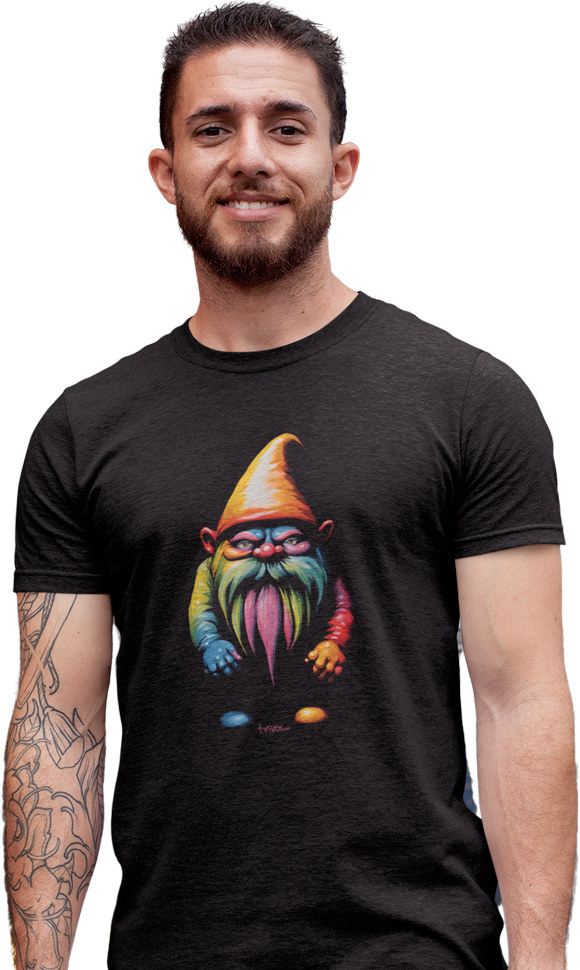
cool mens t-shirts
shop mens t-shirtsunique ladies tees
shop ladies shirts